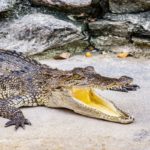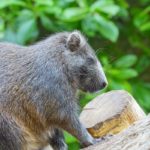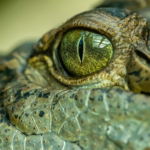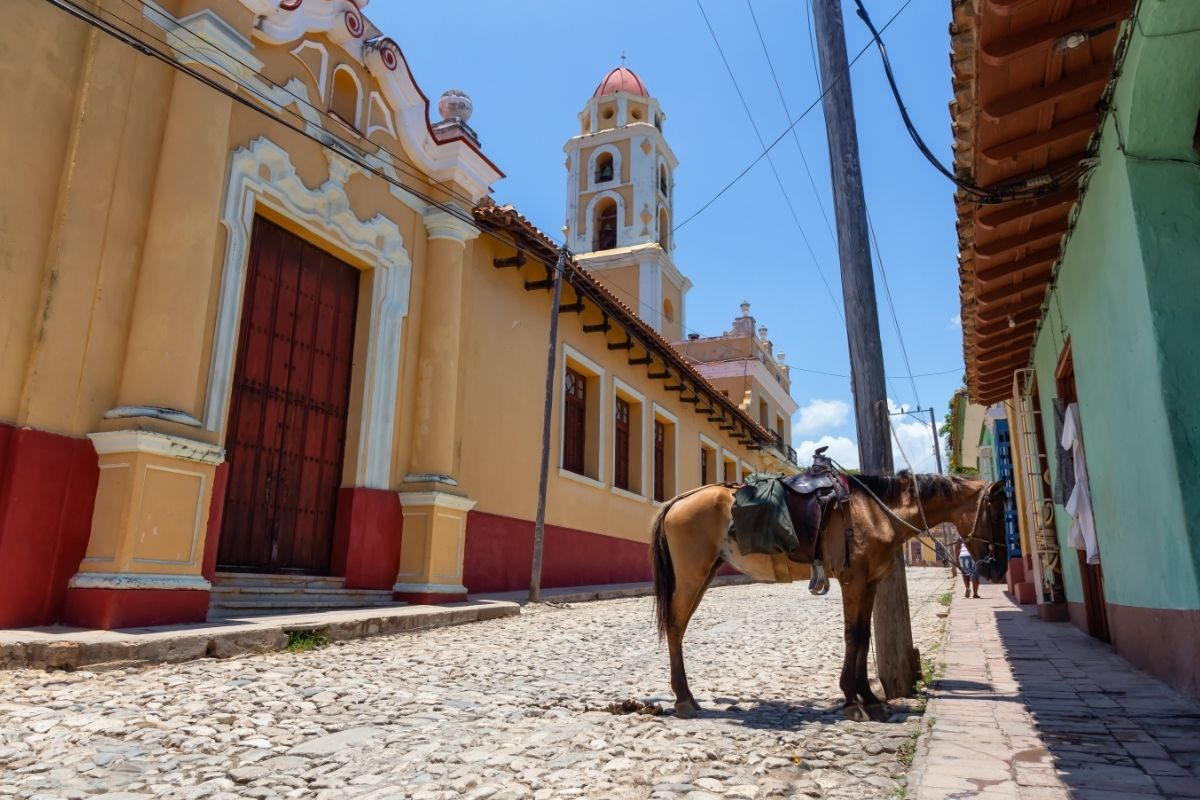Cuba has a wide range of different animals that roam its beautiful landscape, this is due to the vast amount of ecoregions that Cuba has.
This small island doesn’t really have many mammals that are of impressive size, but the mammals that do inhabit this island impress in many other ways.

They each have an exotic and unique essence that provides them with individuality, so you’ll always have tons of variety in the mammals that you visit in Cuba.
It’s our goal to give you some information about the amazing mammals that call Cuba their home, with the hope that you’ll become intrigued enough to want to give these mammals a visit.
They’re all incredibly interesting and each and every one of them holds a different role in Cuba’s ecosystem.
So, we’re going to tell you a bit about the mammals of Cuba, and how they’re special in their own unique way. Let’s begin!
Cuban Solenodon
The Cuban solenodon is an insectivore that is endemic to Cuba, and it’s quite different from your usual mammals, being that it has venom in its saliva.
They’re quite small and have a shrew-like appearance, but the interesting part about these small creatures is their evolutionary journey.
They’re among the top 10 most evolutionary distinct mammals on Earth, these mammals are the last known survivors of a group of ancient insectivores that were living amongst the dinosaurs.
These mighty mammals were also recognized as the dominant predator of the West Indies up until not long ago.
But now they are considered threatened due to deforestation and the nonnative predators that now inhabit Cuba, such as mongooses, dogs and cats.
Butterfly Bat
Cuba has approximately 30,000 caves that host 26 species of bats, but perhaps the most recognizable and most incredible is the butterfly bat.
It’s one of the world’s smallest bats, with a wingspan of 5 inches and weighing an ounce, this mammal is definitely a hard one to spot, but if you’re lucky enough to spot one whilst it’s on the hunt, you’re in for a treat.
The butterfly bat can catch around 1200 mosquitoes in an hour, which calculates to over 1 million mosquitoes in a night!
These mammals are small, but mighty and help to rid the ecosystem of annoying pests like mosquitoes.
Unfortunately bat populations around Cuba are facing increasing pressure from outside sources, such as loss of habitat, increased use of pesticides and even human prejudice.
Thankfully some organizations are doing as much as they can to preserve these beautiful mammals.
West Indian Manatee
You’ll often find these big, whiskered mammals coasting in the shallow waters of Cuba, Hispaniola, Jamaica and Puerto Rico due to the warm waters that they enjoy because of their lack of insulating body fat.
They are often referred to as ‘sea cows’ because they’ll only forage on aquatic plants, and because they’re pretty huge mammals.
In adulthood, a manatee can reach up to 10 feet and weigh up to 360-540 kilograms, but don’t let their huge stature intimidate you.
These gentle giants are curious and love human interaction, their trusting nature was a detriment to them, and they were often hunted and were considered endangered.
Since this, the mammals have become protected under the Marine Mammal Protection Act and have now been moved to “threatened” as of March 2017.
Cuban Hutia
This is the largest land mammal in Cuba, their body can reach lengths of 12-24 inches and they can weigh up to 2.8-8.5 kilograms.
You’ll often find them in a wide range of habitats on the islands, but more often in abundant mangroves and they’ll rest in hollows in rocks or trees. They also like to live in pairs but can be seen in smaller groupings.
Researchers suggest that this animal may have thrived so well because they have no competition from other larger mammals in Cuba.
They’re also considered protected under the Wild Animals Protection Act, so that no one can kill or hunt them without a permit. This means that there are so many of these creatures out there that farmers actually consider them pests.
Small Indian Mongoose

This cute, short eared mammal has become widely recognized as an invasive species, it’s native to Iraq and northern South Asia but has become introduced into a lot of the Caribbean and Pacific islands.
It was introduced to control rat populations in sugar cane fields but the small indian mongoose is doing a lot more harm than good, often negatively impacting the smaller mammals on the island.
It’s hard to see why these mammals are considered so damaging. They have a slender body with a pointed snout, and they only measure up to around 20-26 inches long.
But, looks can be deceiving, these adorable creatures are known for their aggressive behavior that can be turned on in an instant.
If that isn’t enough to convince you, they can often dominate cats who are much bigger than they are, it’s no wonder a lot of the mammal population of Cuba is terrified of these small, but mighty mammals.
Final Thoughts
After reading this article, hopefully you know a bit more about the impressive mammals that call the island of Cuba their home.
They may not be large, but they’re certainly unique in their own ways that make their relatively small statues irrelevant and boost Cuba’s ecosystem.
- What Is The Largest Island In Cuba? - September 19, 2022
- Havana – Why Is It Cuba’s Most Exciting City? - September 19, 2022
- Cheapest Time To Visit Cuba (Ultimate Guide) - September 19, 2022








